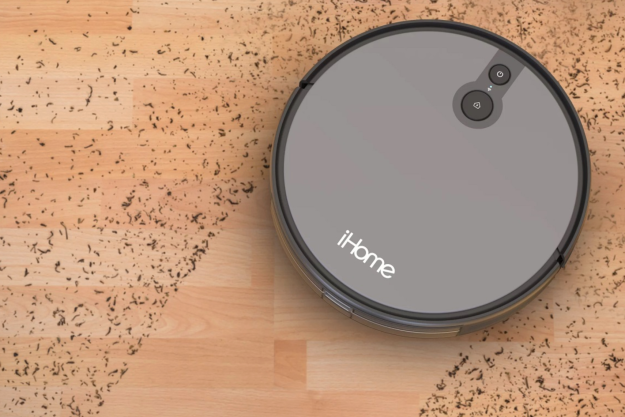Remember when all the financial analysts freaked out and people started dumping shares in Kroger’s and Walmart when Amazon bought Whole Foods last year? Us, too, but barely.
Remember when they started describing Whole Foods’ participation in Amazon Prime Day earlier this summer as a “watershed event?”
While those might not have turned out as momentous as people expected for a grocery chain that boasts fewer than 500 stores nationwide compared to Walmart’s 4,000-plus stores and nearly 3,000 Kroger locations, it looks like Jeff Bezos’ patience is starting to pay off. A new study from Sense360, a Los Angeles-based analysis firm that does stuff like tracking Chick-Fil-A’s “Dress Like a Cow” promotions, says that Whole Foods is starting to pick off customers from unlikely competitors like Trader Joe’s, Walgreens, and even Dollar Tree stores.
The data the firm studied took a deep dive into Whole Foods locations located within a mile of competing stories and the results indicate that while it’s a small win over the competition, Amazon can demonstrably attract customers who are unlikely to shop at the store often criticized as “Whole Paycheck” by offering discounts. It’s not huge, a less than 2 percent spike in the number of customers attracted but Sense360 says it’s definitely a point of interest.
“We’re at the very beginning stages, and these things take time,” Sense360 CEO Eli Portnoy told Bloomberg. “These findings show there will be an impact.” Sense360 also found that Amazon Prime members, who pay $119 annually for the privilege plus other perks, are 27 percent more likely to visit Whole Foods than non-members.
Part of these changes is due to a rash of infrastructure and marketing efforts by Amazon to boost a brand that cost it nearly $14 billion in the first place. Soon after the acquisition was announced, Amazon Lockers started showing up at the front of Whole Foods locations to facilitate speedy pickups for Amazon Prime members. Next, we saw Amazon Echo smart speakers for sale alongside other Amazon-branded devices, followed by a rapidly expanding delivery service and a rollout of curbside pickup service where some orders can be grabbed in a half-hour or less.
All of these changes come on top of Amazon’s 5 percent back on all Whole Food purchases with an Amazon-branded Visa card as well as discounts exclusively for Prime members on sale items. Some analysts believe that Amazon is using Whole Foods as a kind of market laboratory, betting that an infrastructure that is geared toward delivery will best chains like Walmart or Costco that operate on selling in volume rather than in quality and speed.
According to another data-crunching firm, Tabs Analytics, there are more gains for Whole Foods as well. The number of customers who visited a Whole Foods at least six times in the last year increased to 11 percent in August versus 9 percent a year earlier. Will Bezos win his long game to change the way we buy groceries? There’s no final answer as of yet, but the numbers are starting to move his way.
Editors' Recommendations
- Pay-with-palm coming to all of Amazon’s Whole Foods Market stores
- Amazon launches its first cashier-free grocery store in Seattle


